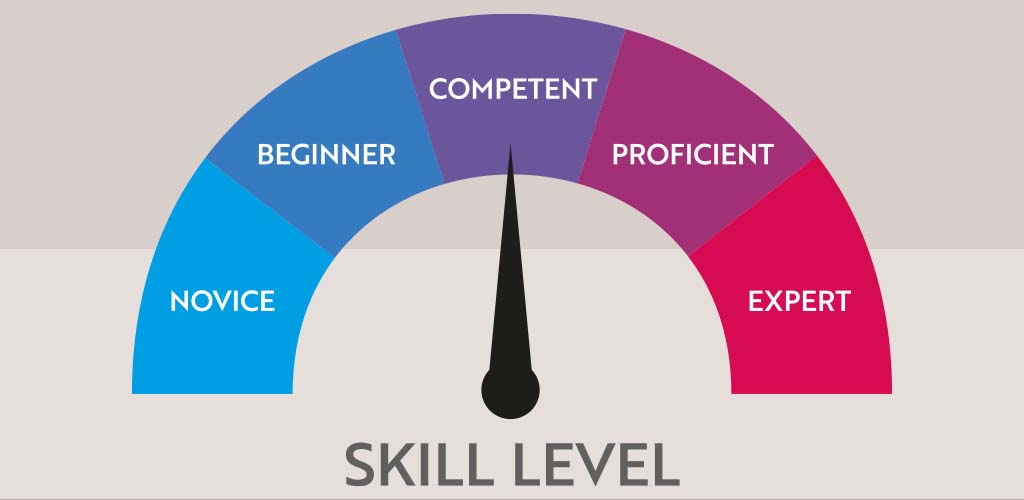Bloom’s Digital Taxonomy
By Nehal Jain |
Date 05-09-2023

Table of Contents
Admissions Open for
In a recent scenario, we have noticed a paradigm shift in the Learning and teaching process. We all shifted from classroom teaching to digital learning platforms. Bloom’s digital taxonomy helps teachers and parents to recognize children’s understanding and analyze their cognitive expectations. It allows you to determine what exactly your child needs to learn. This blog will discuss Bloom’s Taxonomy and its importance in digital education.
What is Bloom’s Digital Taxonomy?
Taxonomy means a system of classification. Thus, Bloom’s taxonomy is a system of classification of different levels of educational objectives. In simple words, we can say that Bloom’s taxonomy is a model of classifying thinking according to the cognitive level of complexity. This model is developed in the 1950s by educational psychologist Benjamin Bloom to understand and evaluate the learning process. Its main objective is to change students’ behaviour concerning their learning experiences.
Bloom’s Taxonomy Breaks Down the Learning Process into Six Stages or Desired Outcomes:

1- Remember- Memorizing definitions, rules, and factual information without critical thinking.
2- Understand- Construct meaning and summarize learning from information. Understanding and interpreting the concepts play a crucial role in this stage of learning.
3- Apply- Carrying out tasks based on learning. Using the concepts and principles in real-life situations.
4- Analyze-It requires thinking skills to find underlying structures, separate the whole concept into its components and identify the meaning of the information provided.
5- Evaluate- It requires a high level of cognition to assess or judge the information based on what they have learned.
6- Create- In this stage, one needs to combine, compile, create, design, develop and integrate the old synthesis and formulate the information in a new way.
What is Bloom’s Digital Taxonomy?
Bloom’s digital taxonomy was developed by Andrew Churches in 2008 as an extension of the original taxonomy and creates a hierarchy of learning activities in a digital environment. It realizes the need for a technologically enhanced learning approach and how to use digital technology to facilitate the teaching and learning process.
The main objective of digital taxonomy is to develop cognitive, affective and psychomotor abilities for whole learning.
Role of Bloom’s Taxonomy in the Age of Digital Technology?
Creating authentic learning experiences for children is an essential element of E-learning. We need to motivate our little ones through meaningful learning experiences intrinsically. Through Bloom’s digital taxonomy, we use technology to facilitate learning. This model embeds the use of digital technologies with classroom teaching techniques.
Understanding Bloom’s taxonomy is important, and applying it to our children’s learning may help them to learn more effectively. This taxonomy can help kids identify learning objectives that require a higher level of cognitive function, which allows them to be better problem solvers. It plays a crucial role in making a personalized learning environment for kids.
Bottom Line:
Bloom’s Digital Taxonomy helps design activities and assessments that challenge students to move from the most basic skill (Memorizing) to higher-order thinking skills (Research). Understanding this taxonomy can help parents support their kids to develop lower and higher-order thinking skills. The main goal is to engage kids in critical thinking and problem-solving skills. Dexterity with these skills will benefit them in school and help them excel in their careers.
Also Read…
Is Digital Technology Making Parenting Harder in Modern Times? Explore how digital technology impacts parenting today, presenting both challenges and opportunities for modern families.
Blended Learning: 5 Big Benefits of It! Discover the top five advantages of blended learning, combining traditional teaching with digital resources for enhanced educational experiences.
Other Related Sections
NCERT Solutions | Sample Papers | CBSE SYLLABUS| Calculators | Converters | Stories For Kids | Poems for kids | Practice Worksheets | Formulas I Parent Resources
CBSE Schools In Popular Cities
- CBSE Schools in Bangalore
- CBSE Schools in Mumbai
- CBSE Schools in Pune
- CBSE Schools in Hyderabad
- CBSE Schools in Chennai
- CBSE Schools in Gurgaon
- CBSE Schools in Kolkata
- CBSE Schools in Indore
- CBSE Schools in Sonipat
- CBSE Schools in Delhi
- CBSE Schools in Rohtak
- CBSE Schools in Bhopal
- CBSE Schools in Aurangabad
- CBSE Schools in Jabalpur
- CBSE Schools in Jaipur
- CBSE Schools in Jodhpur
- CBSE Schools in Nagpur
- CBSE Schools in Ahmednagar
- CBSE School In Tumkur

Call Us to know more about Orchids
Swipe Up

















